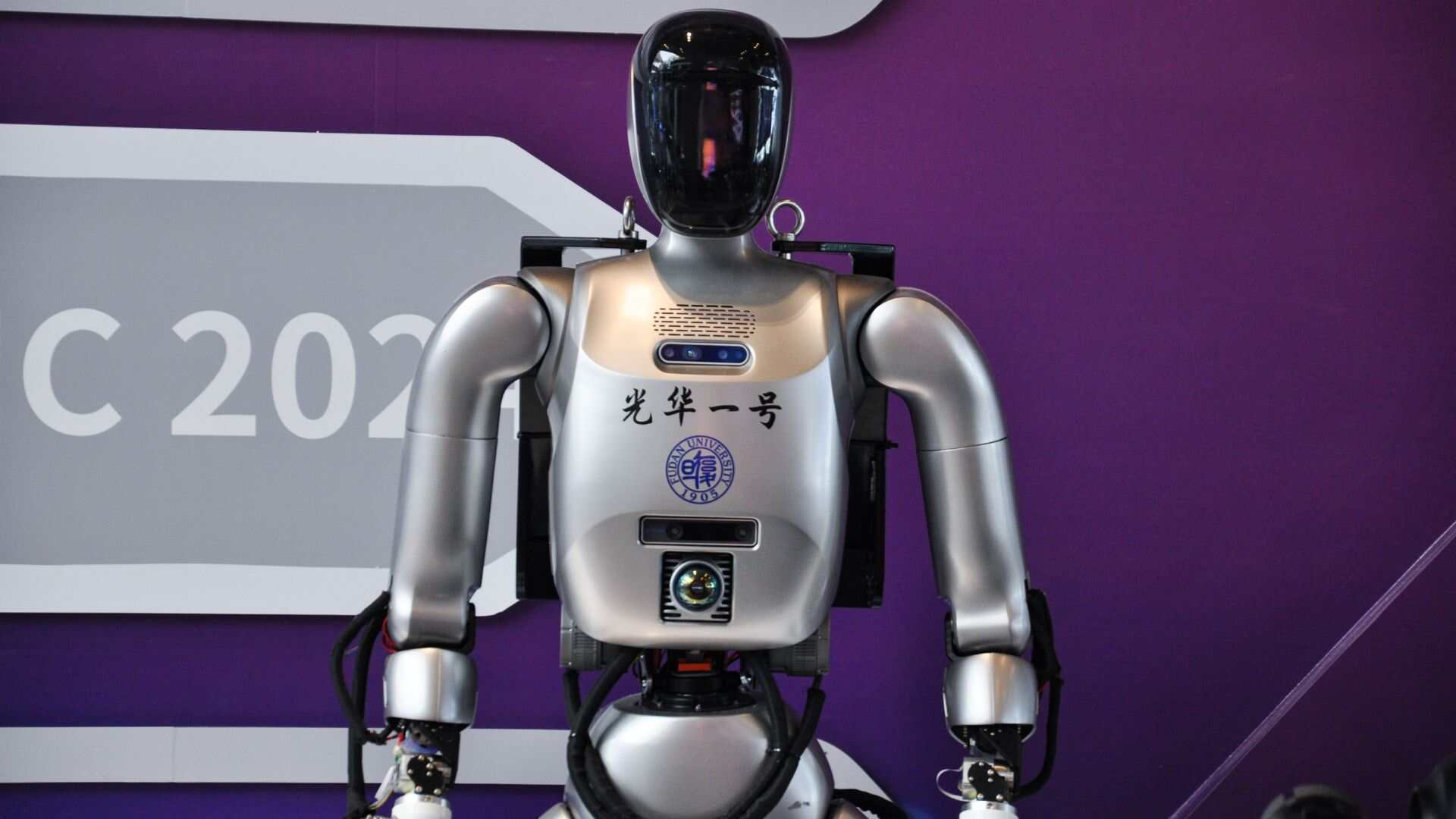Shanghai has introduced China’s first government guidelines for humanoid robots, focusing on risk controls and international collaboration. These guidelines were unveiled during the World Artificial Intelligence Conference (WAIC), where tech giants like Tesla showcased their latest robotic innovations.
According to the guidelines, manufacturers of humanoid robots must ensure their products do not pose a threat to human safety and must protect human dignity. They are required to implement risk warning procedures, emergency response systems, and provide training to users on the ethical and lawful use of these machines.
The guidelines were developed by five Shanghai-based industry organizations, including the Shanghai Law Society, the Shanghai Artificial Intelligence Industry Association, and the National and Local Humanoid Robot Innovation Centre. These groups are also advocating for global cooperation in the humanoid robot sector, suggesting the creation of a global governance framework and an international think tank dedicated to the oversight of these machines.
At WAIC, various companies displayed their robotic innovations. Tesla showcased the second generation of its humanoid robot, Optimus, which drew significant attention despite being displayed behind glass and not interacting with visitors. Optimus, equipped with Tesla’s neural network and computer vision technology, is still not in full-scale production.
Most of the 18 humanoid robots displayed at the conference were from Chinese companies, highlighting the country’s rapid development in the field. Shenzhen-based Leju Robot presented its Kuavo robot, which operates on an OS derived from Huawei Technology’s OpenHarmony.
China aims to achieve mass production of humanoid robots by 2025 and to lead the sector globally by 2027, as outlined in a plan by the Ministry of Industry and Information Technology (MIIT) published in November last year. The MIIT envisions humanoid robots becoming a significant driver of economic growth by 2027, with applications in healthcare, home services, agriculture, and logistics.
Chinese firms are striving to catch up with their US counterparts in critical areas like AI, aiming for technological self-sufficiency. From 2014 to 2023, Chinese companies filed six times as many generative AI patents as US firms, according to data from the World Intellectual Property Organization.
These new guidelines represent a significant step in ensuring the safe and ethical development and use of humanoid robots in China, while also highlighting the country’s ambition to become a global leader in AI and robotics technology.











